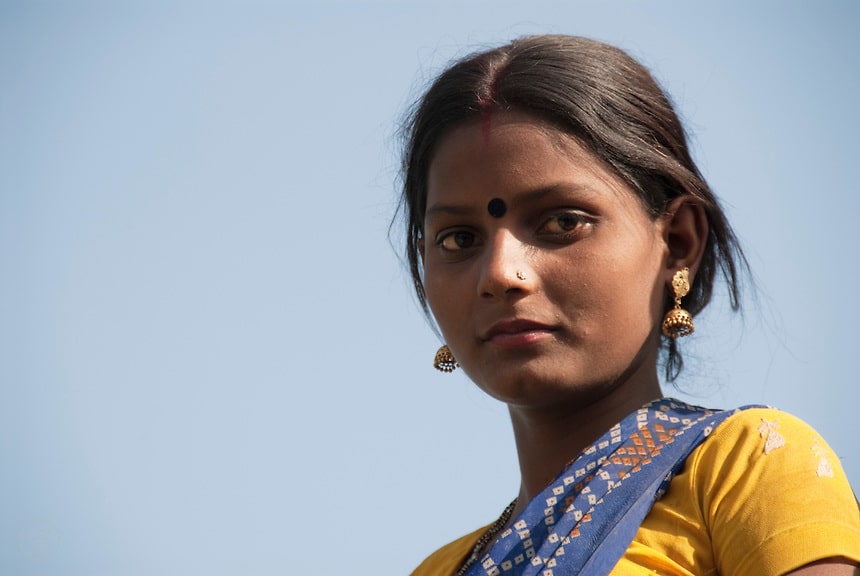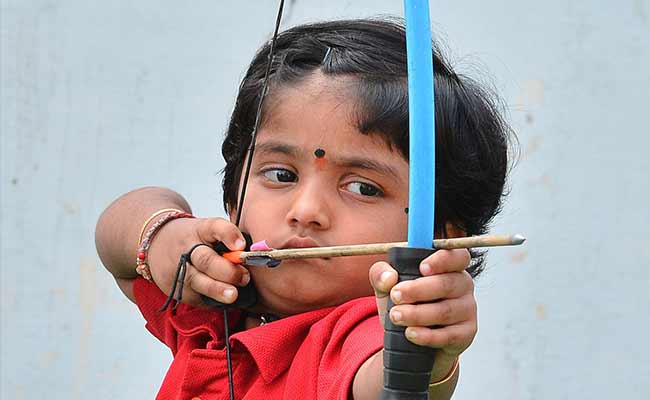Here are 5 Indian habits Americans often don’t understand. Every culture has unique traits and behaviors, but despite efforts to decipher them, some largely remain a mystery to outsiders. Here are 5 Indian habits Americans often don’t understand.
Number 5. Head bobbing. Neither a definitive nod nor a shake, the somewhat bouncy movement is, to many, confounding. You are not going to find a consensus on the exact reasons for the head bobbing. There are multiple theories with some connection perhaps to the hierarchical nature of the society. It is also a way of acknowledging that one is listening to the speaker without necessarily agreeing or disagreeing.
Number 4. Wearing a dot. Called a bindi, the circle is placed on the forehead and between the eyes for a number of reasons. Among them is to declare one’s connection to the Hindu religion. For many Indian women these days, bindi is more of a fashion statement and is worn on weddings and other formal occasions.
Number 3. Being late to social engagements. People have attributed the habitual tardiness to historic events, time zone issues, and even poor infrastructure. Whatever the reason, the bottom line is that showing up afterthe established hour is perfectly acceptable.
Number 2. Using hands to eat seemingly inconvenient items. Sure, a chicken wing seems like a perfectly reasonable item to grab onto, but rice? Many say the means heightens the food consumption experience, be it for spiritual elevation, health reasons, or strictly gastronomic pleasures. Ultimately, nobody really seems to know why the practice has endured.
Number 1. Not using the word “thank you” for family and friends. In short, being there for the loved ones when needed is just what a person is expected to do. Therefore, no special kudos are necessary.
Which often poorly understood habit do you find most fascinating?
Can you fill in the gaps in the sentences?
1. Head …… is a way of acknowledging that one is listening to the speaker in India.
2. A bindi is a …… on the forehead of Indian women.
3. …… or being late is perfectly acceptable in India.
4. Indians eat rice using their …… only.
5. …… is a word not used for family and friends in India.
Key
1. bobbing
2. dot
3. Tardiness
4. hands
5. Thank you
Vocabulary
trait | vonás |
despite | valami ellenére |
to decipher | megfejteni |
to bob | fel-le mozgatni, kicsit meghajtani |
to nod | bólintani |
to shake | rázni |
bouncy | pattogó |
confounding | összezavaró, zavaros |
hierarchical | hierarchikus, rangsorolt |
to acknowledge | nyugtázni |
tardiness | késés |
dot | pötty |
forehead | homlok |
religion | vallás |
wedding | esküvő |
formal occasion | hivatalos esemény |
engagement | elfoglaltság |
the bottom line is | az a lényeg, hogy… |
the established hour | a megbeszélt időpont |
acceptable | elfogadható |
seemingly | látszólag |
inconvenient | kényelmetlen |
to grab | megragadni |
the means | valami módja, eszköze |
to heighten | növelni, fokozni |
consumption | fogyasztás |
spiritual | szellemi |
elevation | emelkedettség |
to endure | fennmaradni |
kudos | dicsőség, dicséret |







